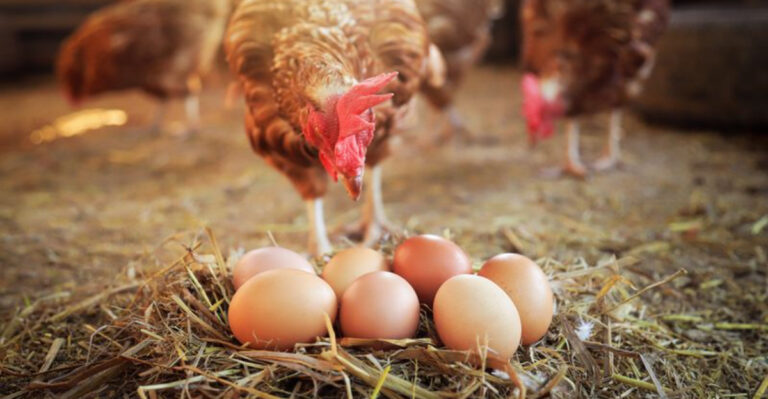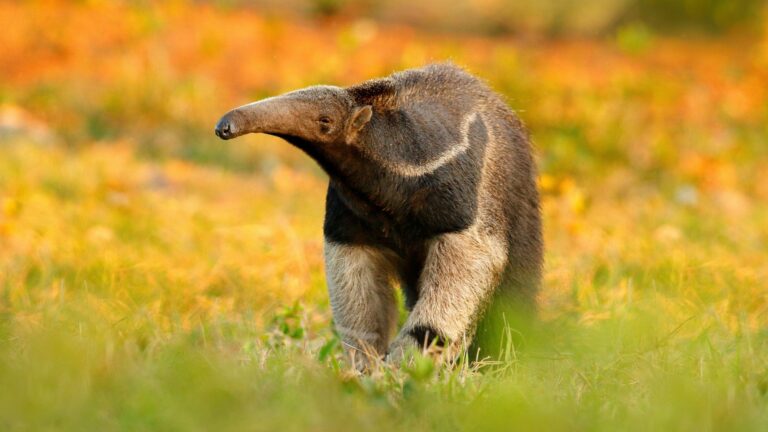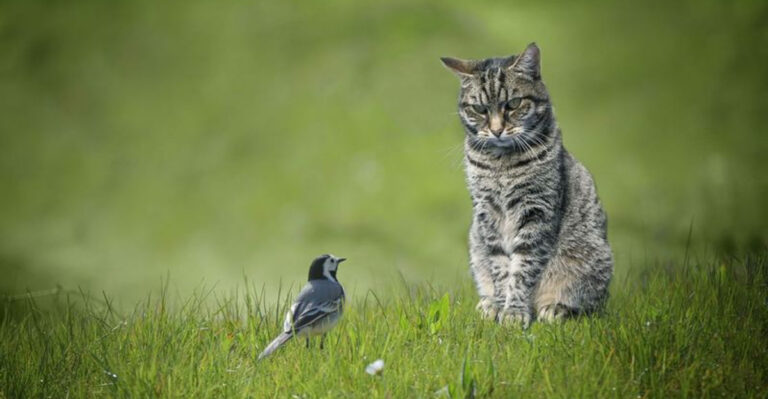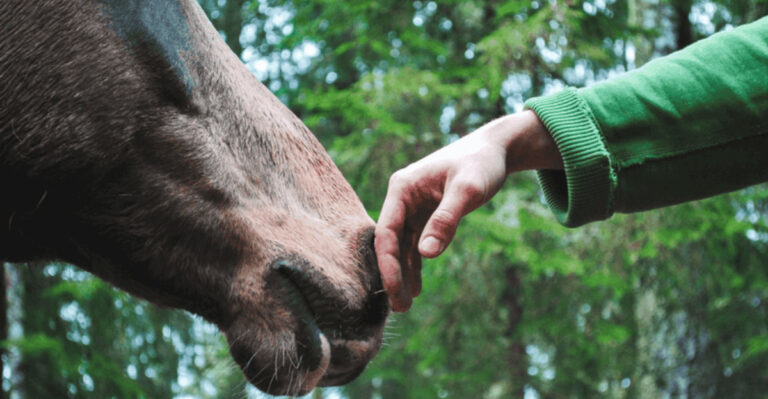30 Fun Snail Facts That Will Surprise You
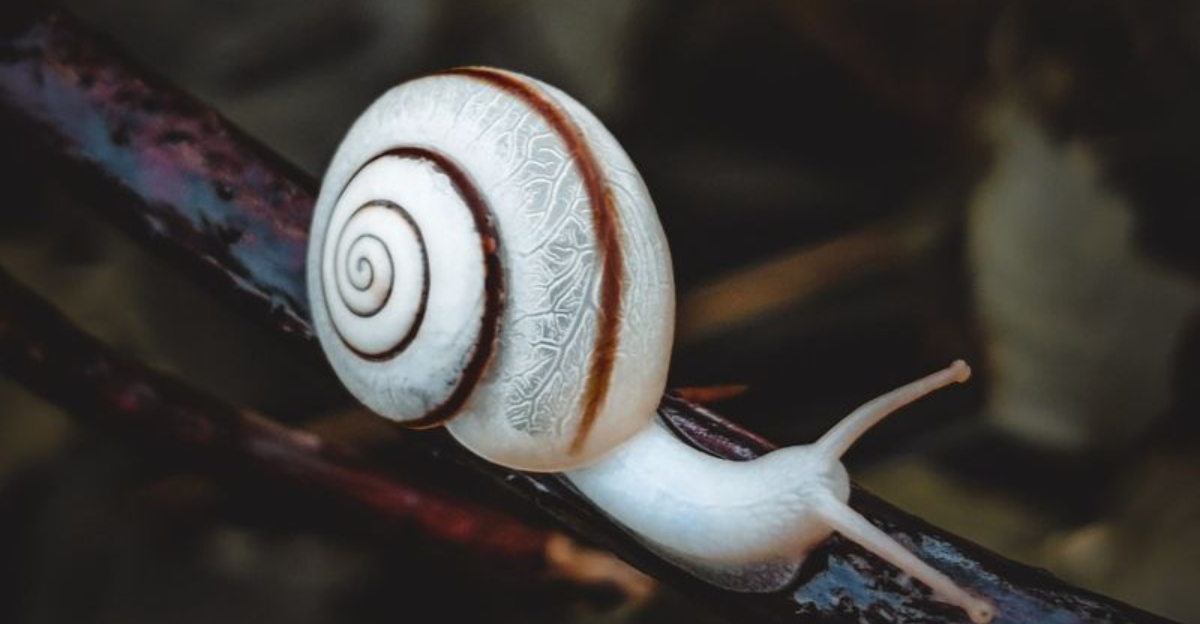
Snails, fascinating creatures that glide silently across gardens and forests, hold a treasure trove of secrets.
Their simple appearance masks a complex existence filled with unique adaptations and behaviors. From their diverse habitats to their intriguing reproductive methods, snails are much more than meets the eye.
1. Snails Can Have 14,000 Teeth
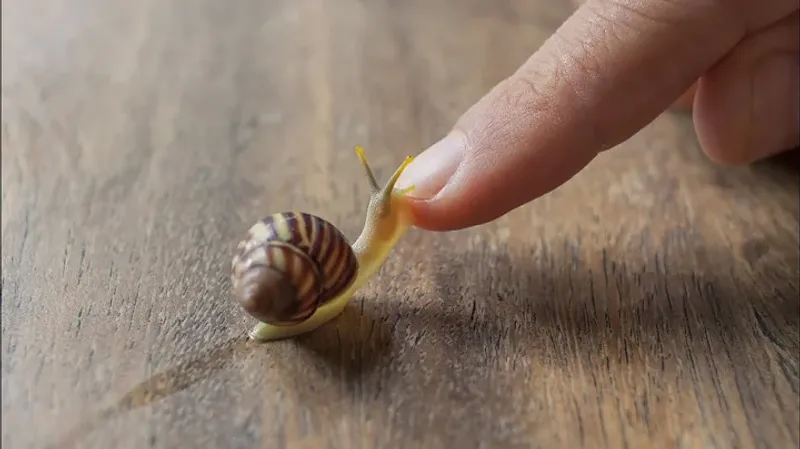
A snail’s mouth, known as the radula, is equipped with thousands of tiny teeth arranged in rows.
These teeth are used to scrape food from surfaces, and the total number can reach up to 14,000, depending on the species. It’s like having an endless set of tiny “rasps” for eating!
2. Snails Can Sleep For Years
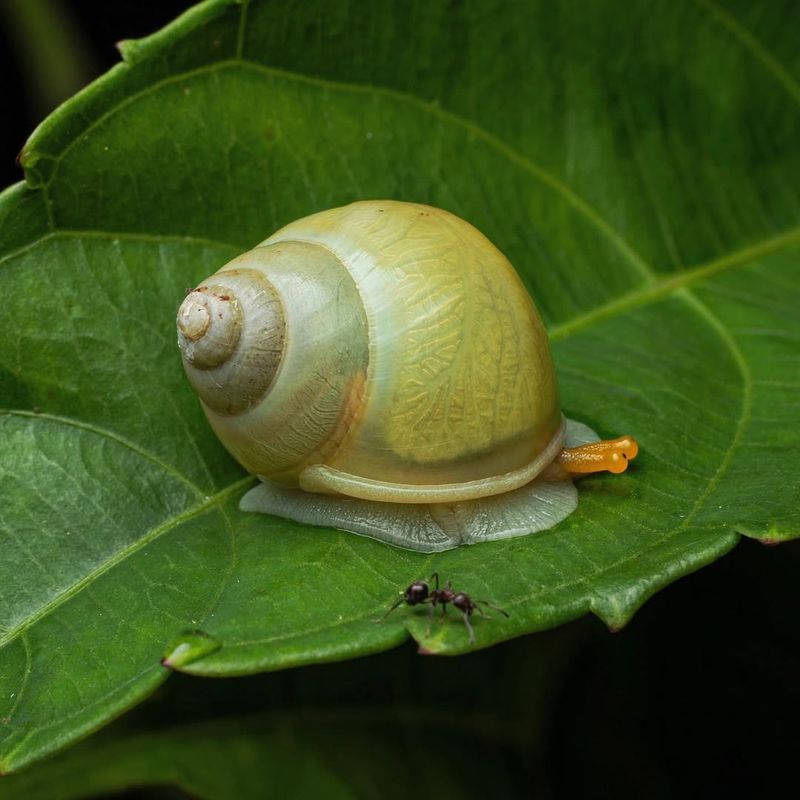
Some species of snails can hibernate or enter a state of dormancy for long periods, especially during dry conditions.
The common garden snail, for instance, can go into a deep sleep that can last for up to three years, surviving without food or water until conditions improve.
3. Snail’s Unique Anatomy
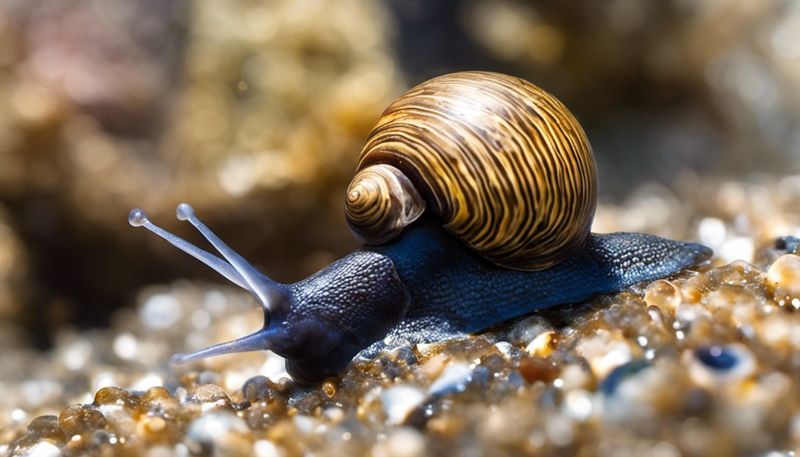
Snails have a fascinating anatomy, adapted to their slow, quiet lifestyles. They possess a muscular foot that they use to glide along surfaces, secreting mucus to reduce friction. The shell, made of calcium carbonate, serves as a protective barrier against predators and environmental threats.
Inside their bodies, snails have specialized organs like the radula, a tongue-like structure with rows of microscopic teeth used to scrape food. This unique body structure allows them to thrive in various environments, from gardens to the deep ocean.
4. Incredible Shell Patterns
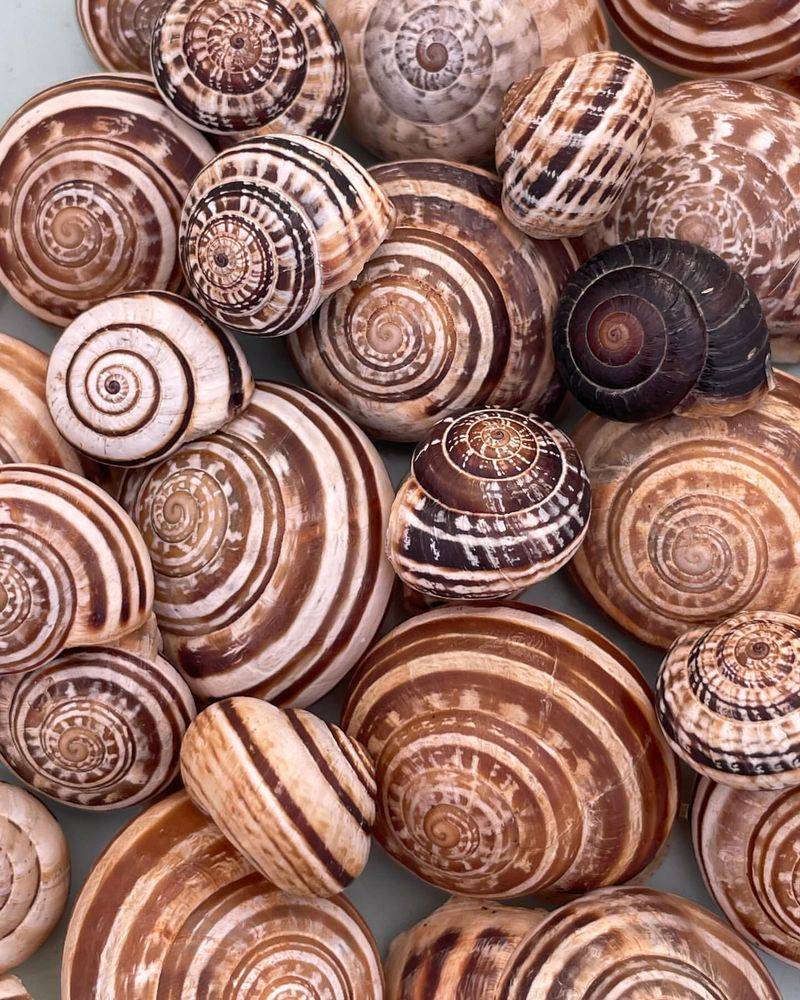
A snail’s shell is not only functional but also a beautiful display of nature’s artistry. Many species of snails boast intricate and colorful patterns on their shells, ranging from stripes to spirals to spots.
These patterns help camouflage the snails in their environments, providing some protection from predators. In some species, the patterns are unique to individuals, making each snail’s shell a signature piece of nature’s design.
5. Hermaphroditic Nature
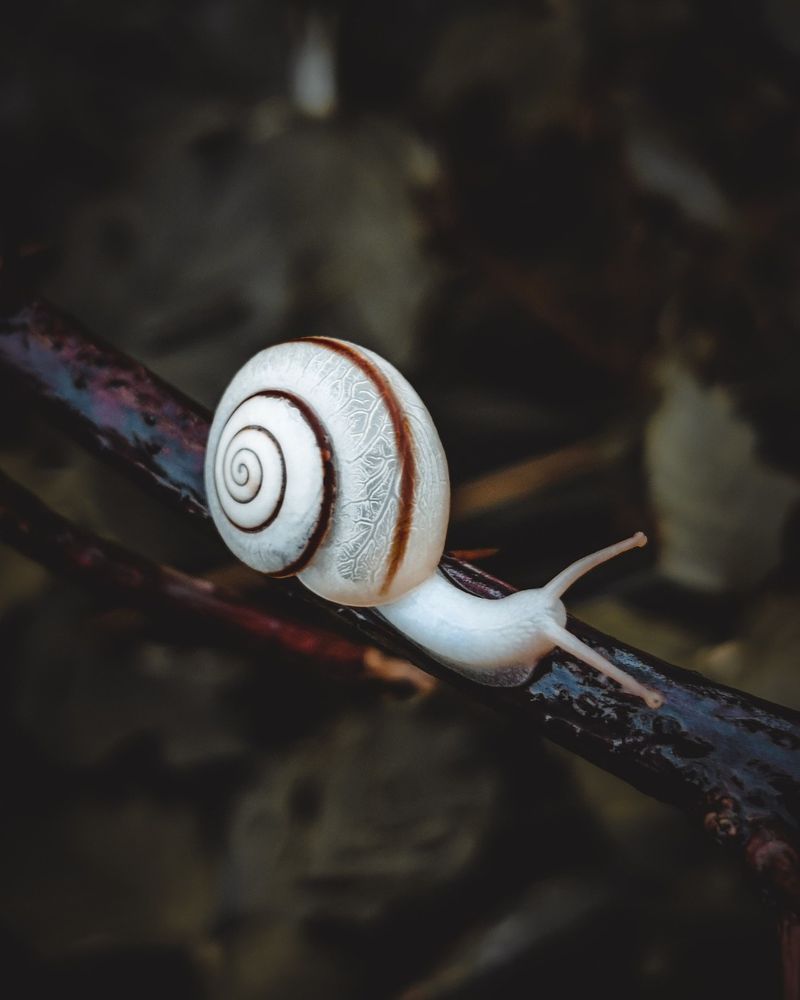
Snails are hermaphrodites, meaning they possess both male and female reproductive organs. This unique characteristic allows them to mate with any other snail of the same species, increasing their chances of reproduction.
However, they still need to exchange genetic material with another snail to fertilize their eggs. Some species even engage in elaborate mating rituals to ensure successful reproduction, making their sexual behavior as interesting as their anatomy.
6. Slow But Resilient
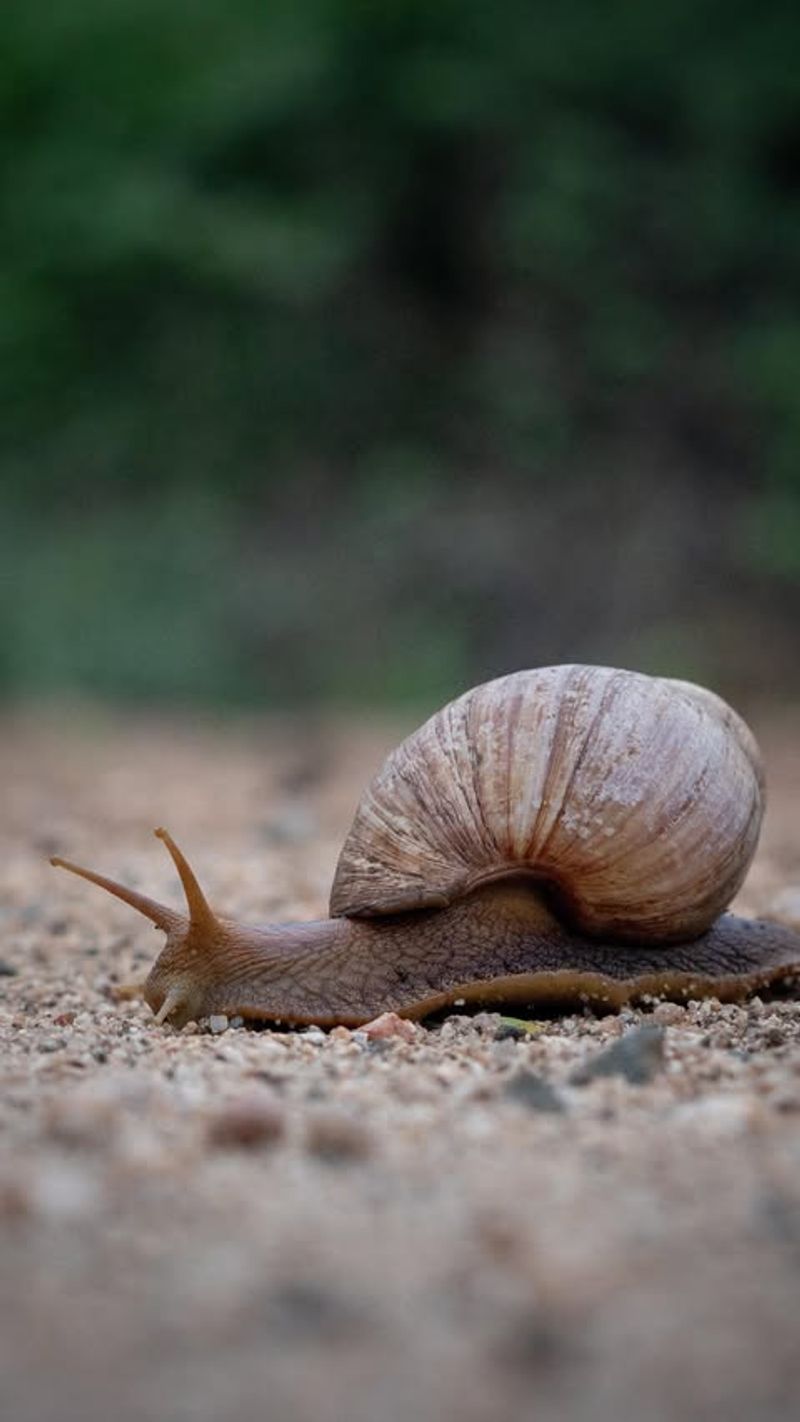
Despite their slow pace, snails are remarkably resilient creatures. Their sluggish movements are a result of their low-energy lifestyle, but they can withstand harsh conditions.
Some species can survive extreme temperatures and droughts by going into a state of dormancy, known as estivation, while others can endure freezing conditions during hibernation. Their resilience allows them to thrive in diverse environments, from deserts to forests.
7. Hibernation And Estivation
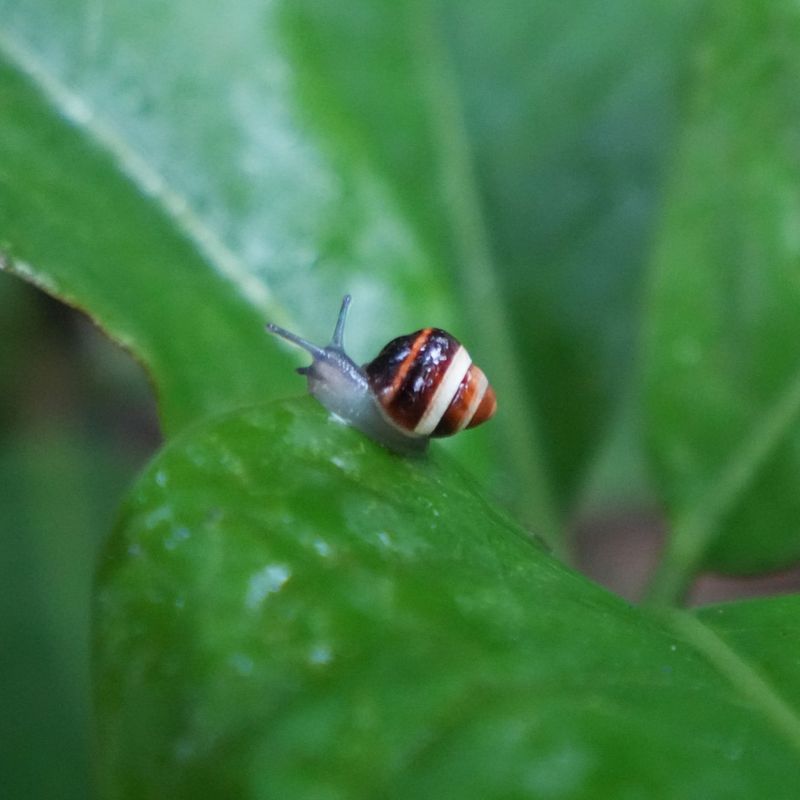
Snails have evolved the ability to enter periods of dormancy, known as hibernation and estivation, to survive unfavorable conditions. In the winter, many snails slow down their metabolic processes, retreating into their shells to survive cold temperatures.
In the summer, snails may enter estivation during hot, dry periods, sealing themselves off in their shells to conserve moisture. These adaptations allow them to endure extreme environmental conditions that would otherwise threaten their survival.
8. Diverse Dietary Habits
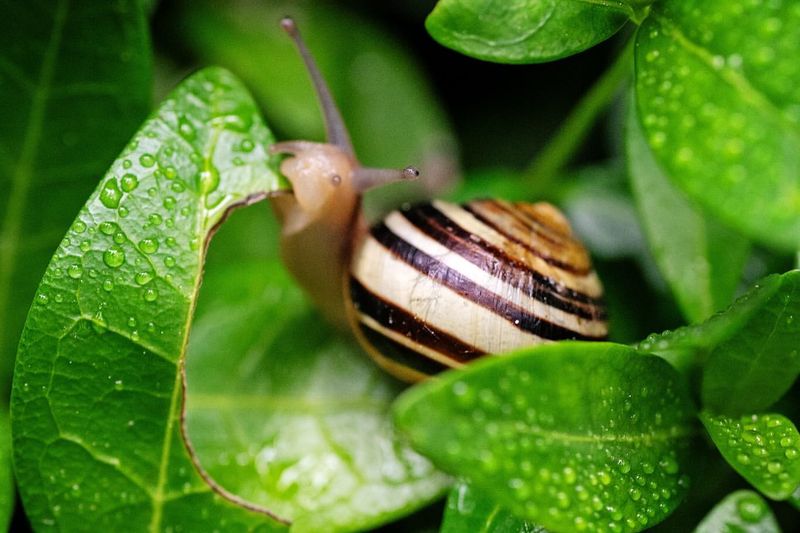
Snails are known for their varied diets, which depend on their species and habitat. Some snails are herbivores, feeding on a wide range of plants, while others are omnivores, consuming both plant matter and decaying organic material.
Snails can also feed on fungi, algae, and even small animals, depending on what is available in their environment. This dietary flexibility allows them to adapt to a wide variety of habitats.
9. Snail Vision And Senses
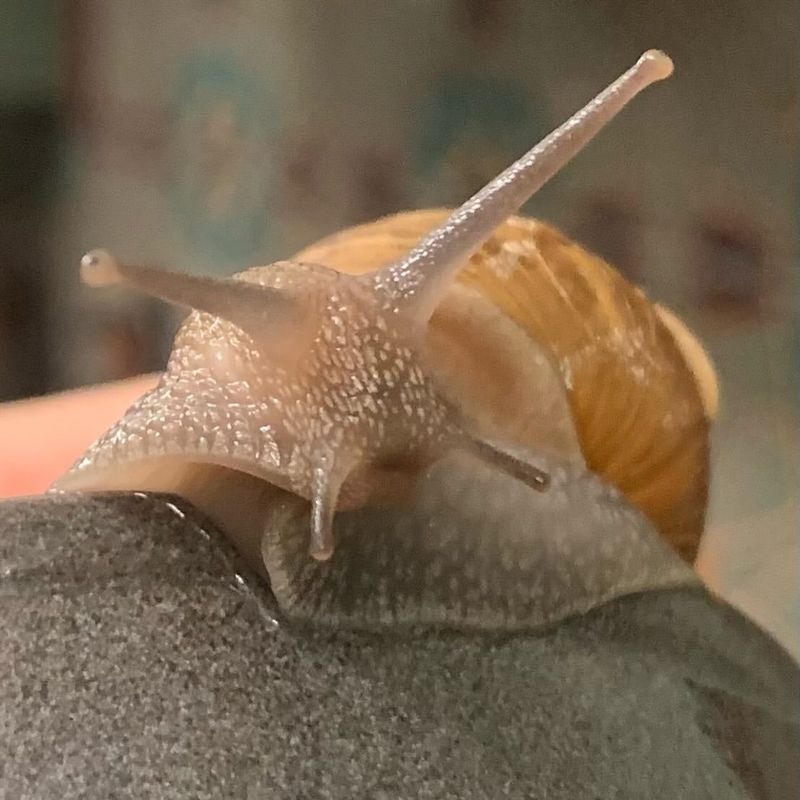
Snails may not have the keenest vision, but they are equipped with unique sensory abilities. Most snails have two pairs of tentacles on their heads; the longer pair is used for vision, while the shorter pair is for tactile sensing.
Their eyes, located at the tips of the long tentacles, can detect light and dark, helping them navigate their environment. Snails also have a keen sense of smell, which helps them find food and mates.
10. Ancient Lineage
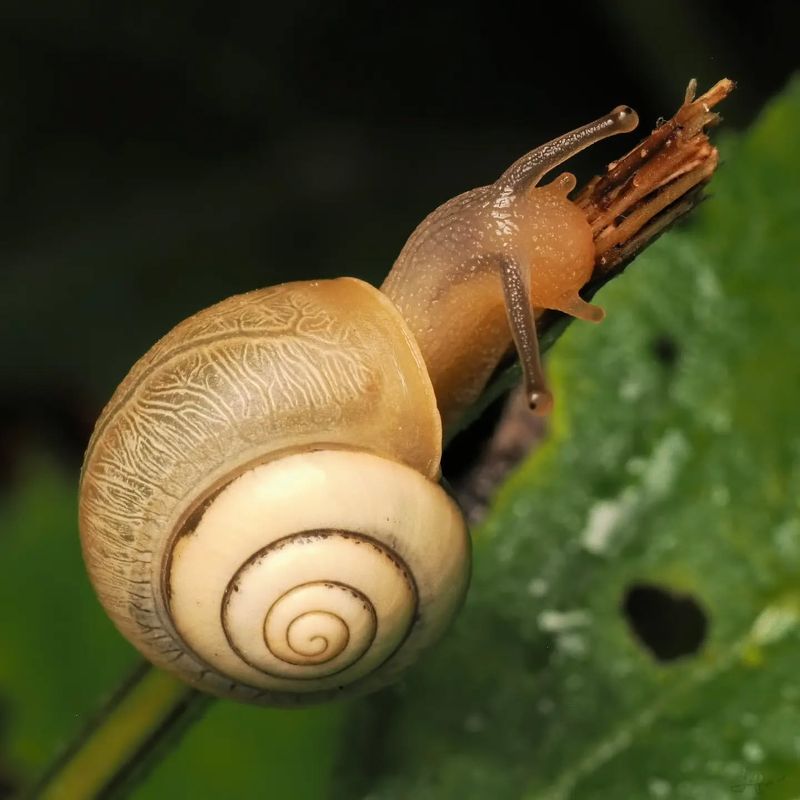
Snails have an ancient lineage that dates back to over 500 million years ago. They are one of the oldest groups of animals still in existence, with fossil evidence showing that their ancestors were among the first creatures to adapt to land.
Over time, snails have evolved into a diverse group with over 60,000 species found in various ecosystems worldwide. Their long evolutionary history makes them an important part of Earth’s biodiversity.
11. Mucus Marvels
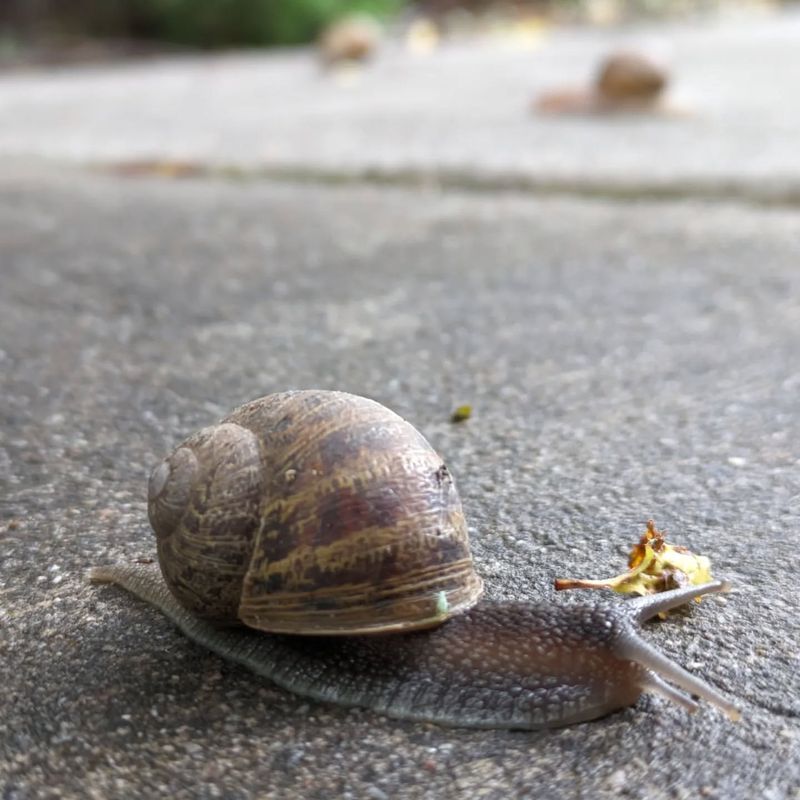
Snail mucus is one of nature’s most fascinating substances. Not only does it help snails move smoothly across surfaces by reducing friction, but it also serves as a protective barrier against predators and environmental stressors.
The mucus is sticky and contains a combination of water, proteins, and sugars that help keep the snail’s body hydrated. In some species, the mucus can even harden to create a protective seal during dormancy.
12. Social Behavior And Communication
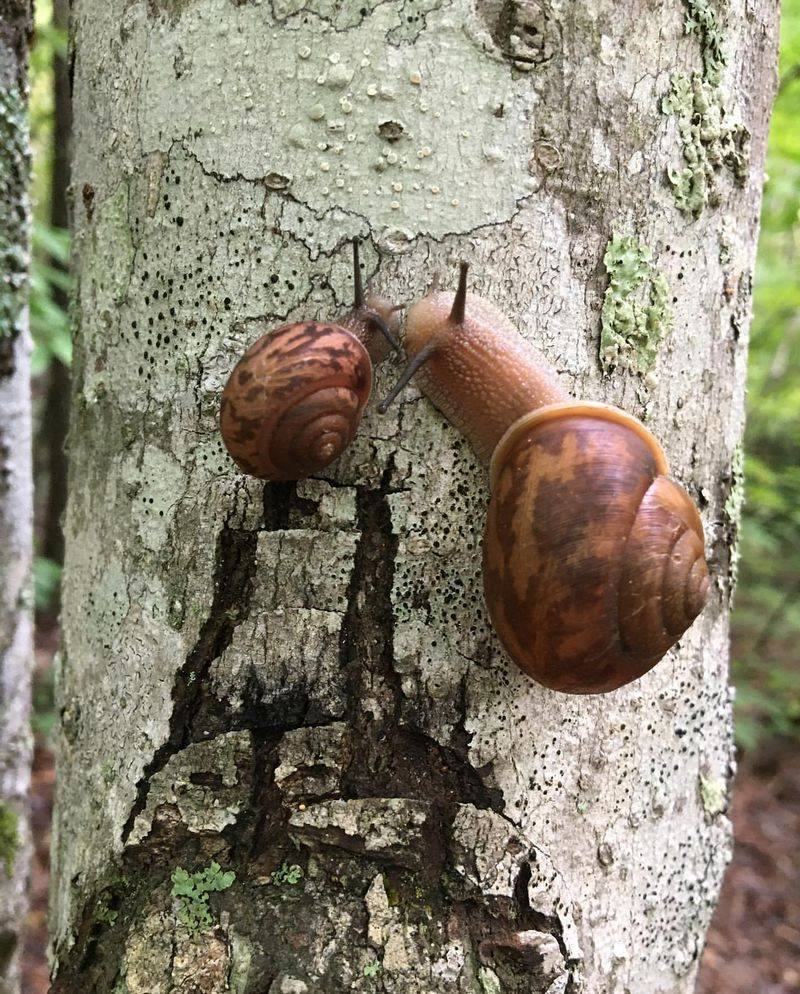
Snails have an interesting way of communicating with each other, primarily through the use of their sense of smell and touch. They release pheromones that can signal mating readiness, helping them find suitable mates.
Some snails even engage in “slime trails” that can mark territory or guide other snails to food sources. While they may seem solitary creatures, snails have a subtle social structure that revolves around mating and feeding.
13. Snail Predators And Defense
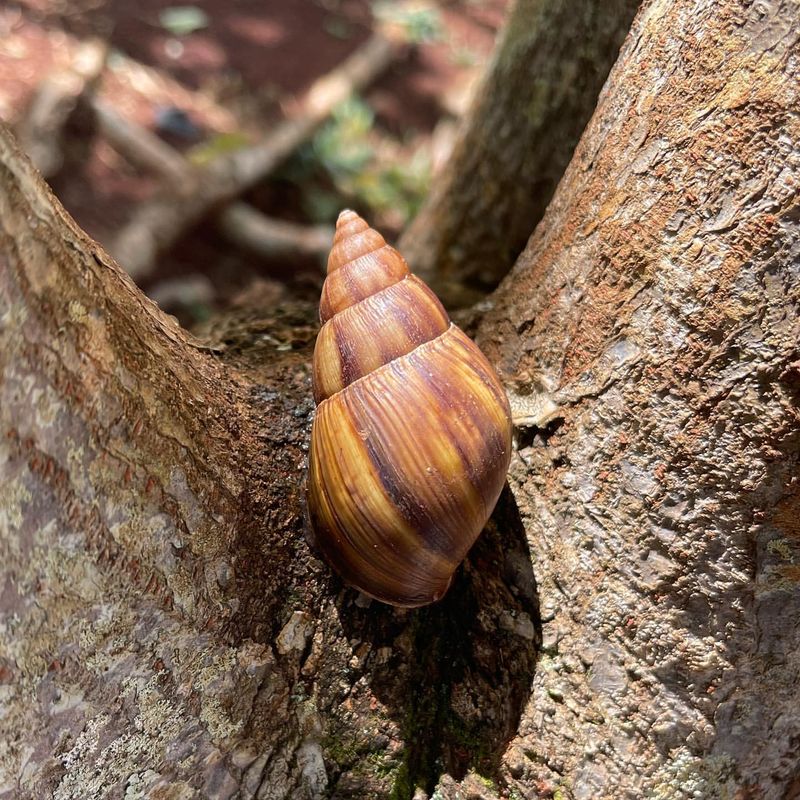
Despite their slow pace and soft bodies, snails have a number of natural predators, including birds, mammals, and even other snails. To defend themselves, snails rely on their hard shells, which provide a sturdy barrier against most attackers.
If threatened, some species can retreat quickly into their shells, sealing the opening with mucus. Other snails use their slimy trails to escape, making it difficult for predators to track them.
14. Snail’s Role In Ecosystems
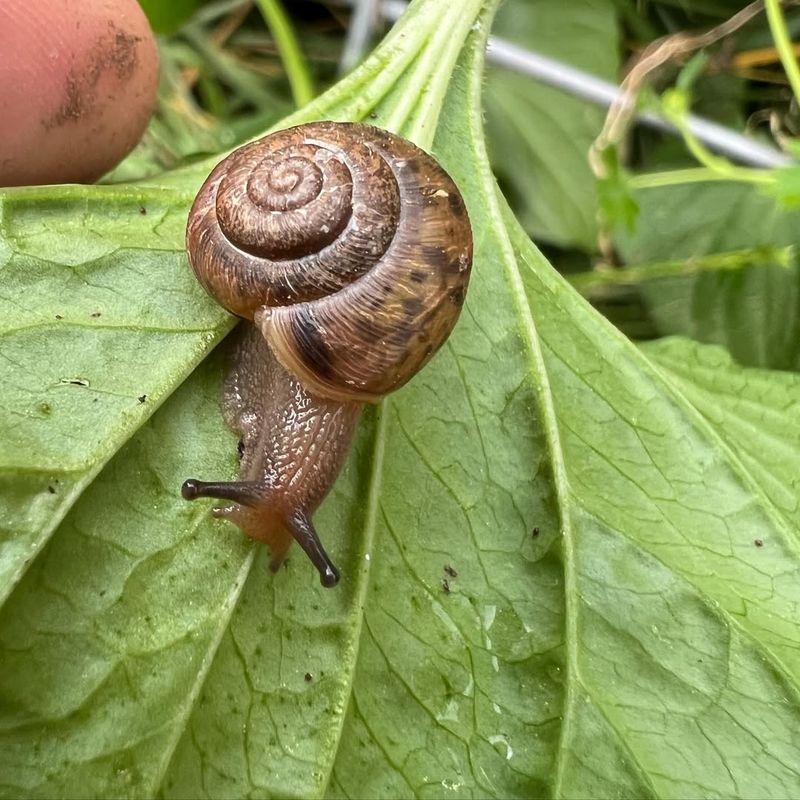
Snails play an essential role in many ecosystems as decomposers. By feeding on decaying plant and animal matter, snails help break down organic materials, returning vital nutrients to the soil.
This contributes to the health and fertility of ecosystems, particularly in forests and wetlands. Additionally, snails serve as a food source for a variety of predators, making them an integral part of the food chain.
15. Unique Reproductive Strategies
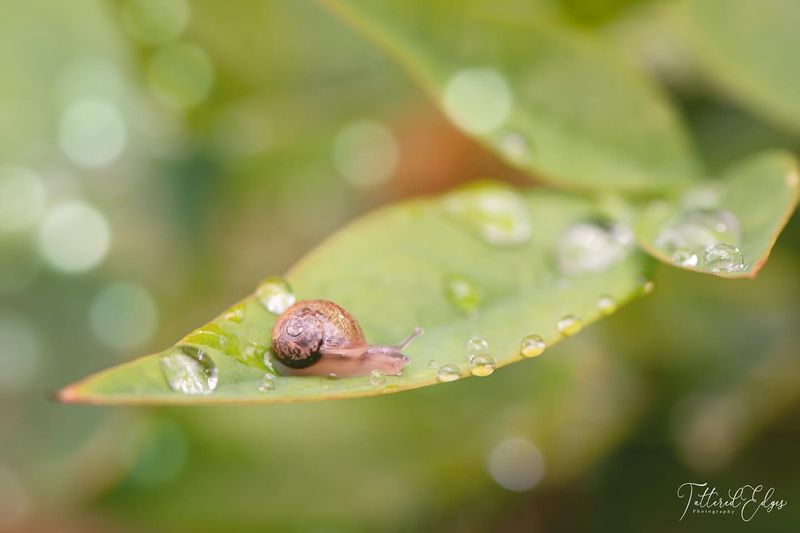
Snails have evolved unique and fascinating reproductive strategies. Some species lay eggs in clusters, while others prefer to bury their eggs in the soil to protect them from predators. Since snails are hermaphrodites, they often engage in complex mating behaviors to ensure genetic diversity.
After mating, some snails can store sperm for extended periods, allowing them to fertilize eggs when environmental conditions are favorable.
16. Giant African Land Snail
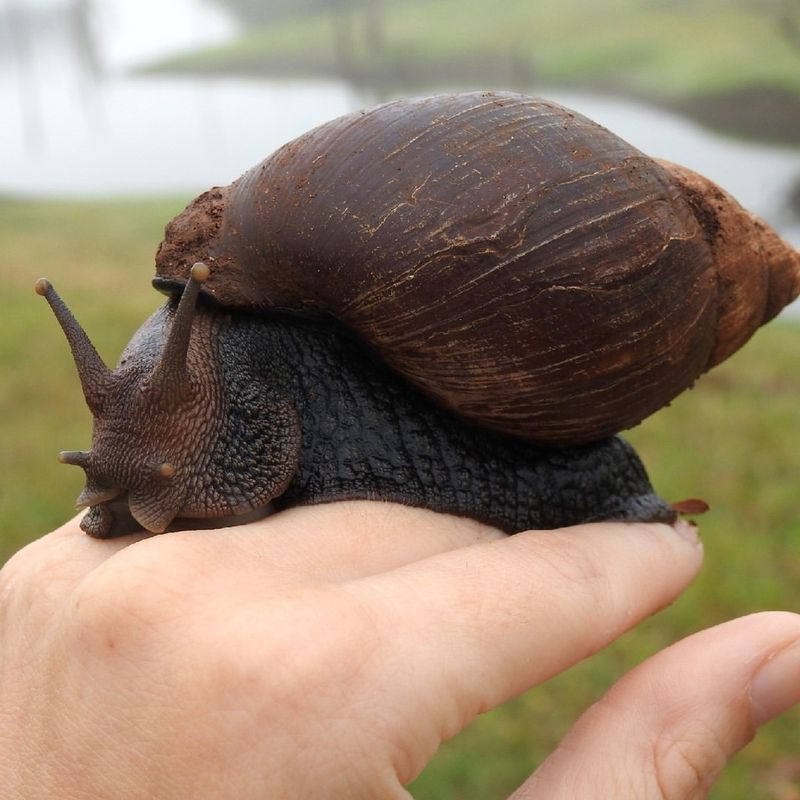
The Giant African Land Snail is one of the largest snail species in the world, capable of growing up to 12 inches long. This species is known for its distinct brown shell with yellowish stripes and its impressive appetite.
Native to East Africa, it has become an invasive species in many regions, particularly in parts of the United States. Despite its size, the Giant African Land Snail is relatively slow-moving but can be highly destructive to crops and plants.
17. Snail Shell Regeneration
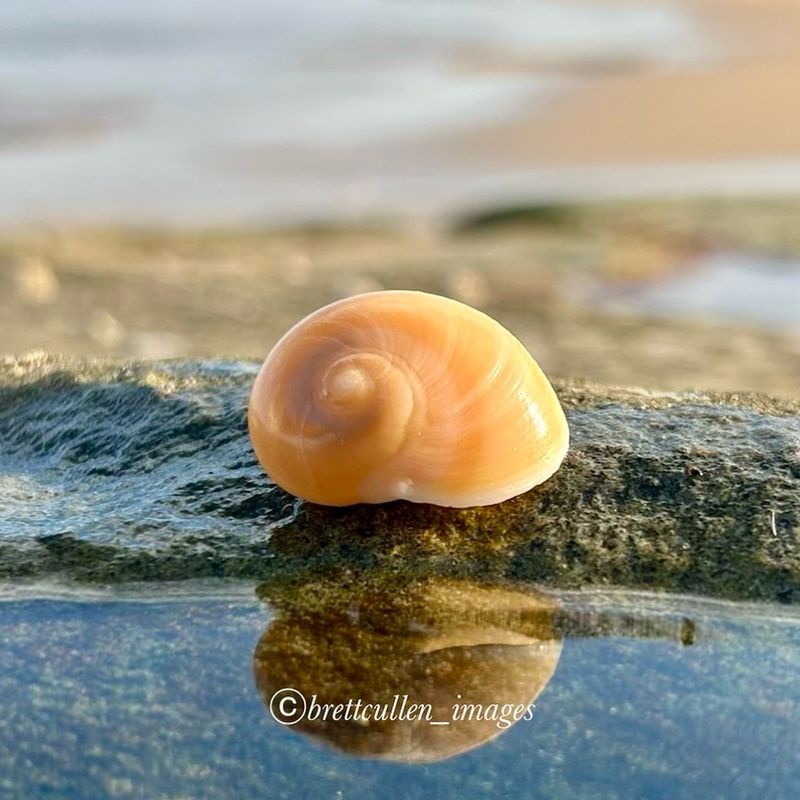
One of the most fascinating features of snails is their ability to regenerate their shells. If a snail’s shell is damaged, it has the ability to produce new layers of calcium carbonate to repair the break, gradually rebuilding the shell over time.
This regenerative ability is essential for the snail’s survival, as a broken shell can leave it vulnerable to predators and environmental stresses. The process takes time, but snails can fully restore their shells under the right conditions.
18. Snail As Pet Companions
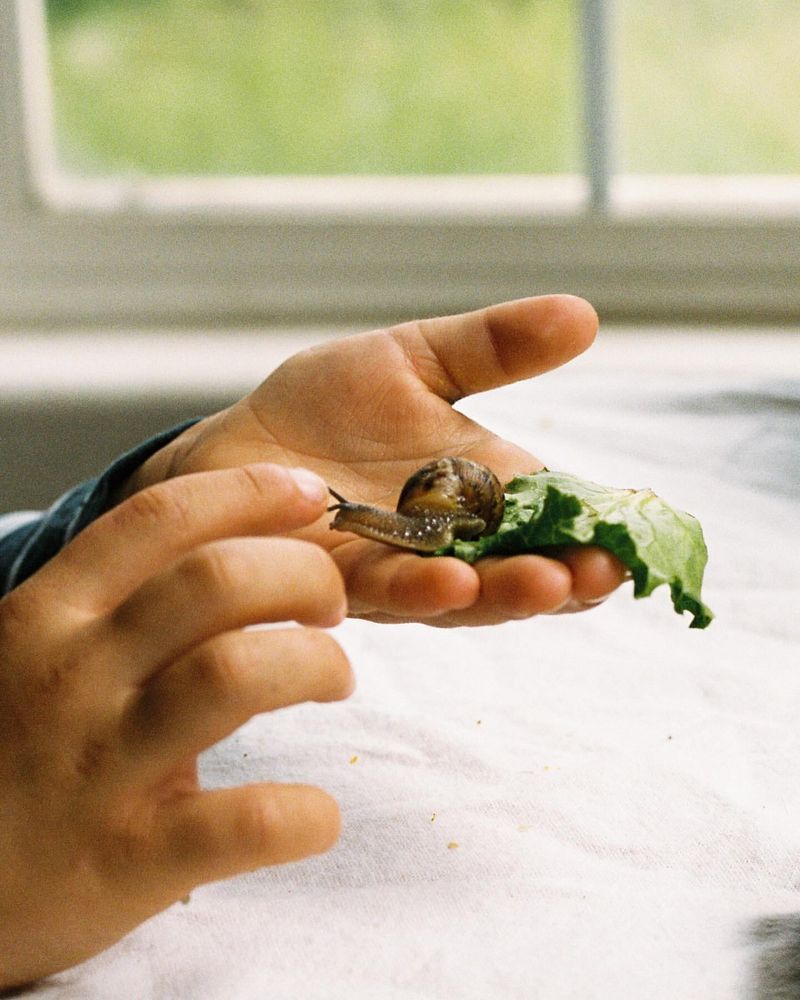
Snails can make excellent, low-maintenance pets for those looking for a unique addition to their home. They require minimal space, as their simple needs include a small enclosure, food, and a humid environment.
Snails can be fascinating to watch, especially when they are eating, moving, or interacting with other snails. Their slow pace and calm demeanor can also have a soothing effect on pet owners.
19. Shell Shapes And Sizes
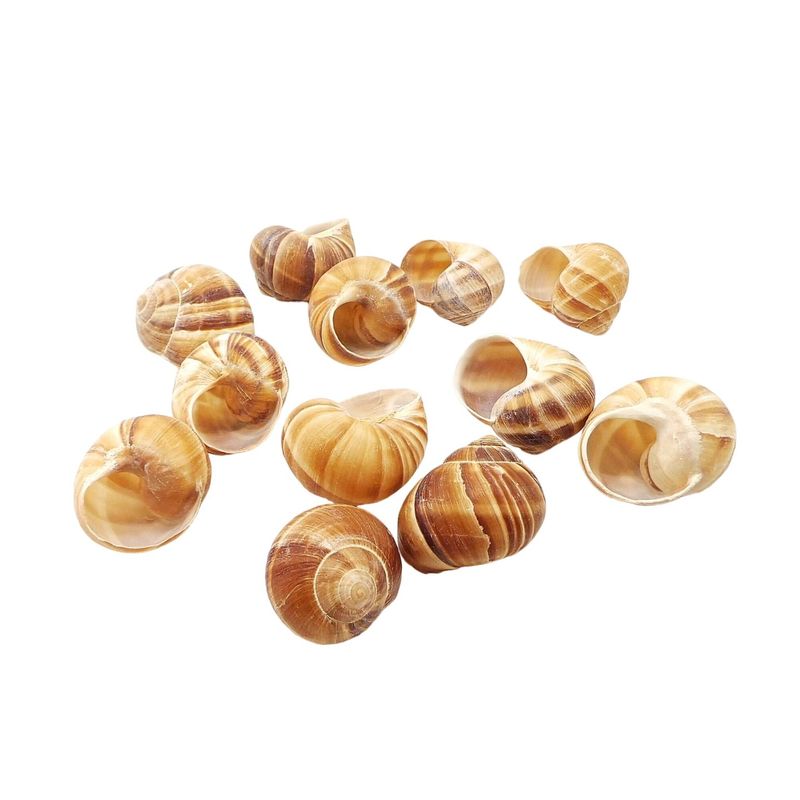
Snail shells come in a wide variety of shapes and sizes, depending on the species. Some shells are coiled into tight spirals, while others are more conical or flat.
The size of a snail’s shell also varies significantly, from tiny, almost invisible shells to the massive shells of species like the Giant African Land Snail. These shells not only provide protection but also contribute to the unique beauty of each snail species.
20. Snails In Culture And Symbolism
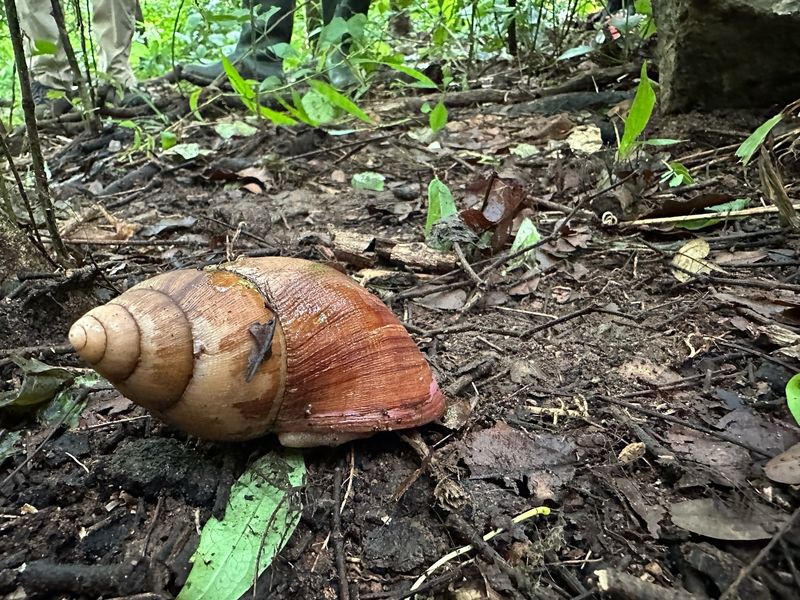
In many cultures, snails are symbolic of patience, persistence, and protection. The slow-moving nature of the snail is often associated with steady progress and taking one’s time to achieve goals.
In ancient Greece, snails were linked to the goddess of fertility, while in some African cultures, they are believed to represent resilience. Snail imagery can also be found in art and literature, where they are used to symbolize quiet determination or introspection.
21. Snail Fossil Discoveries
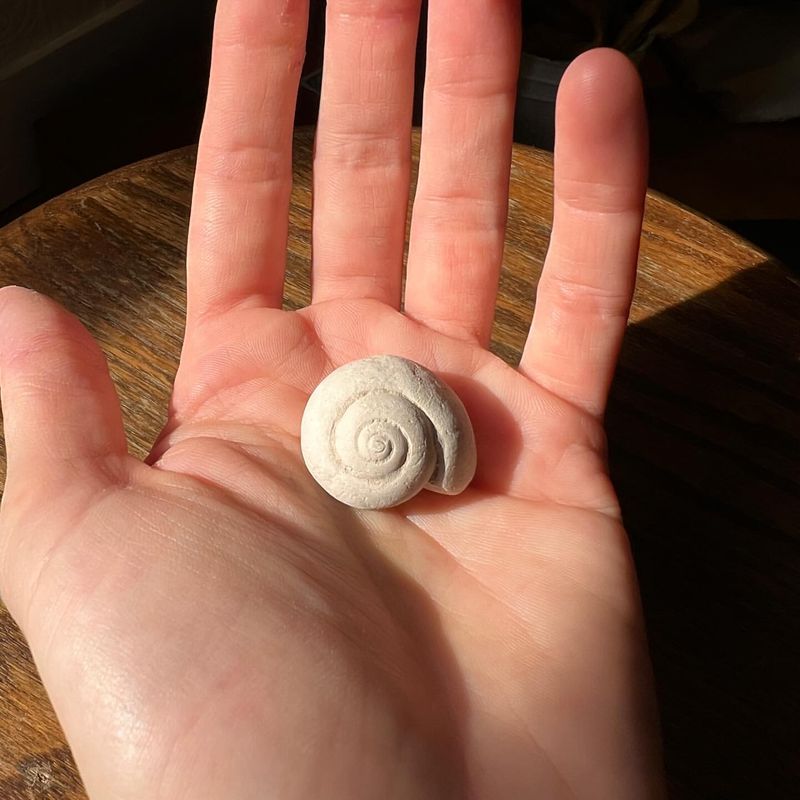
Snail fossils have provided scientists with invaluable insights into the history of life on Earth. Some of the earliest known fossils of snails date back over 500 million years, providing a glimpse into the development of mollusks.
These fossils help researchers understand evolutionary patterns, environmental changes, and the diversity of life that existed in different geological periods. Snails have remained relatively unchanged for millions of years, making them important subjects in the study of paleontology.
22. Snail Conservation Efforts
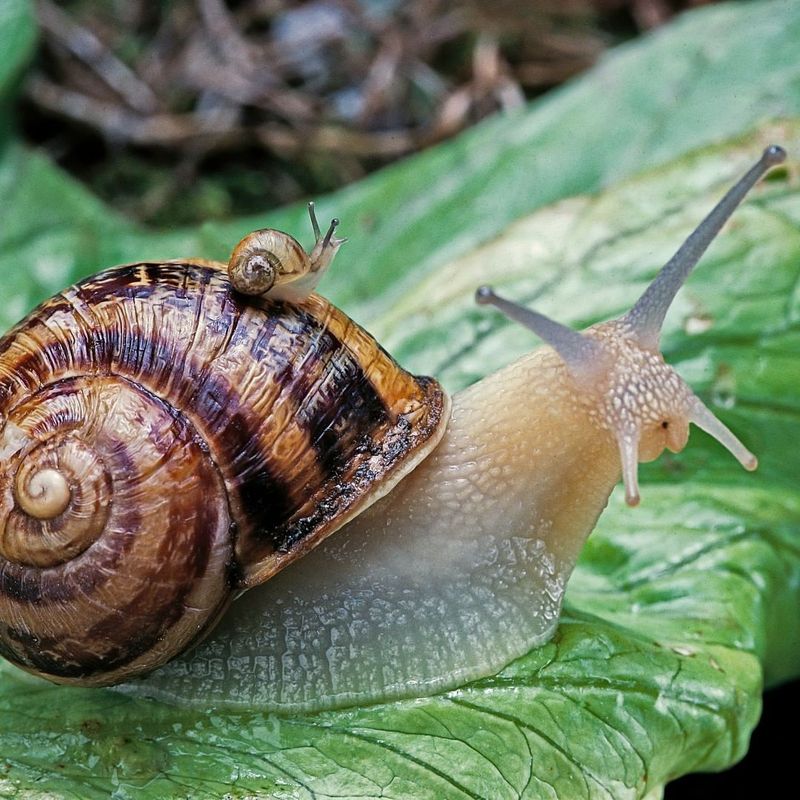
Many species of snails are facing threats due to habitat loss, climate change, and the introduction of invasive species. Conservation efforts have been put in place to protect endangered species, such as the Madagascan land snail, which is critically endangered.
Preservation programs focus on habitat restoration, breeding in captivity, and public education about the importance of snails in maintaining ecosystem balance. These efforts are essential in ensuring the survival of snails and the health of the ecosystems they support.
23. Snail Travel And Dispersion
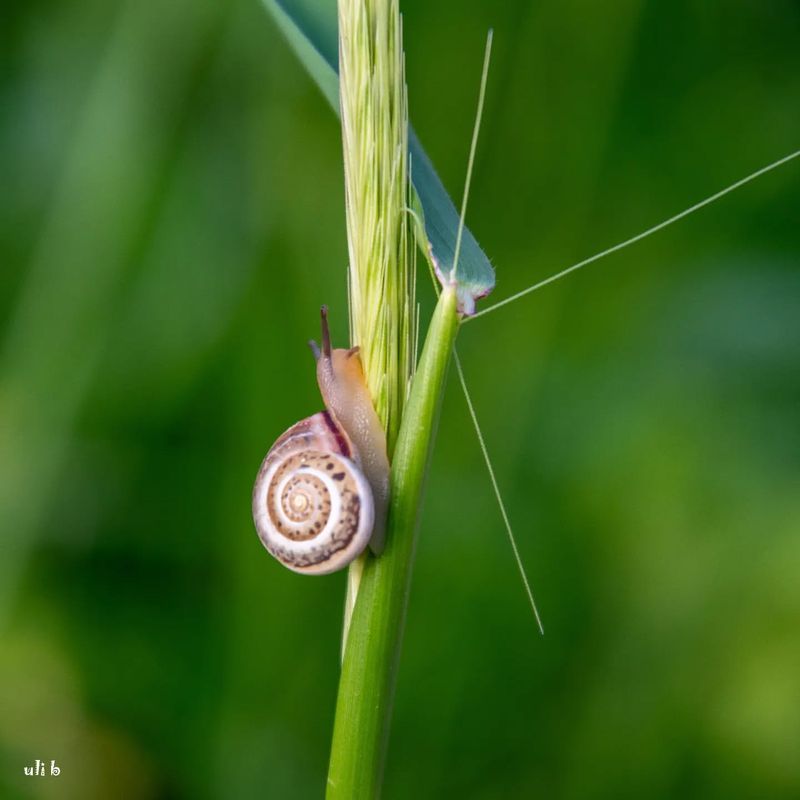
Snails are slow movers, but their ability to disperse over long distances has fascinated scientists. While they may seem stationary, snails are capable of traveling quite far in search of food and mates.
Their mucus trail aids in their movement, preventing them from drying out and allowing them to move across various surfaces. Some species can even travel between islands via water, carried by waves or tides, allowing them to colonize new areas.
24. Snail Shells In Fashion And Design

Snail shells have long been a source of inspiration for fashion designers and artists. The unique spirals and patterns of snail shells have influenced jewelry, accessories, and even architecture.
Designers often use the intricate and natural patterns of shells in their creations, incorporating them into necklaces, earrings, and decorative items. Snail shells, with their organic shapes and rich textures, continue to be appreciated for their beauty and symbolic significance in creative industries.
25. Snail’s Environmental Indicators
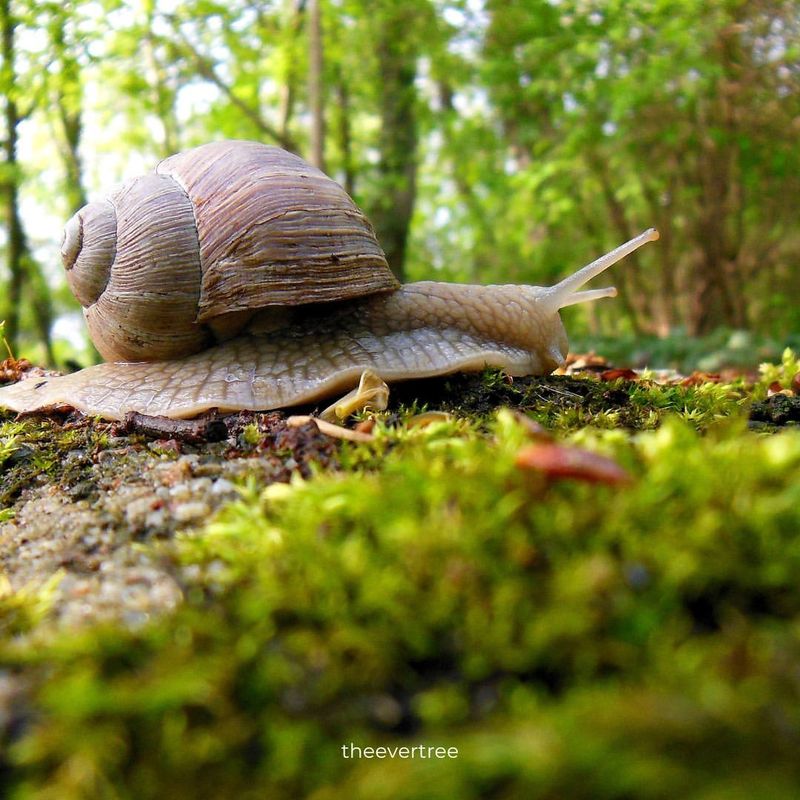
Snails play a crucial role as bioindicators in environmental monitoring. Due to their sensitivity to pollution and environmental changes, snails can help scientists assess the health of ecosystems.
Their reactions to changes in water quality, soil conditions, and temperature can provide early warning signs of environmental degradation. By studying snail populations and behavior, researchers can gain valuable insights into the overall health of natural habitats.
26. Snail’s Contribution To Science
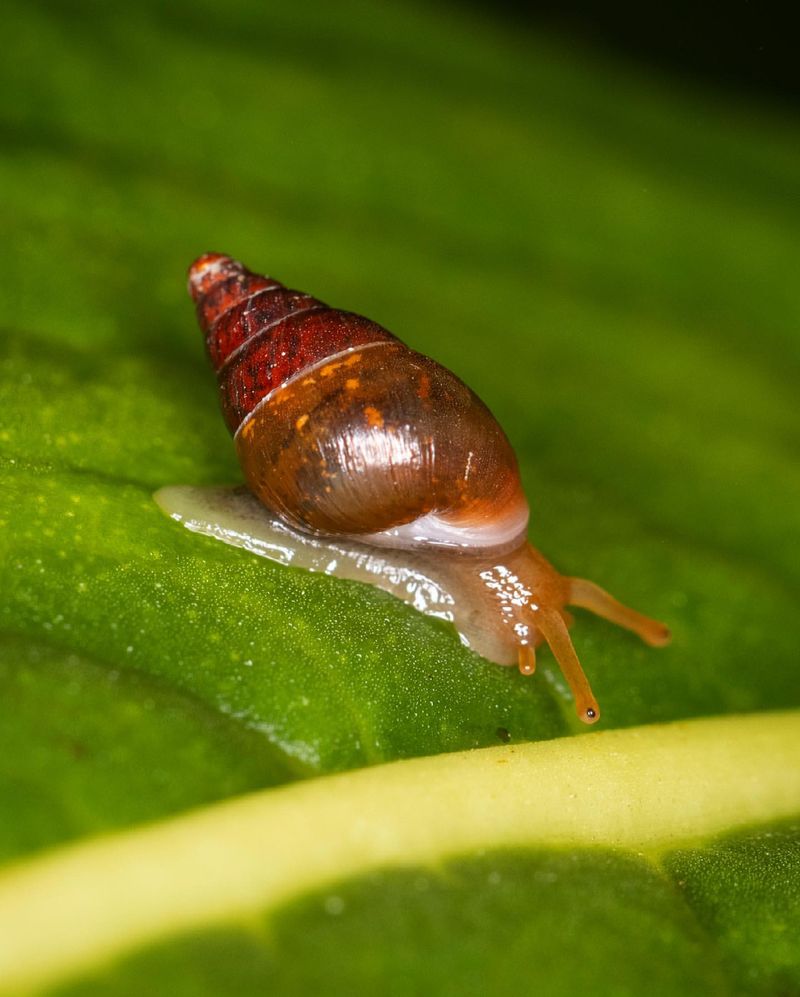
Snails have contributed to science in various ways, particularly in the fields of neuroscience and pharmacology. The simple yet efficient nervous system of snails has made them a valuable model for studying brain function and memory.
In addition, snail-derived substances, such as mucin, have been studied for their healing properties and potential use in medical treatments. Their slow pace and unique biology continue to provide scientists with key discoveries in diverse fields.
27. Snail’s Economic Impact
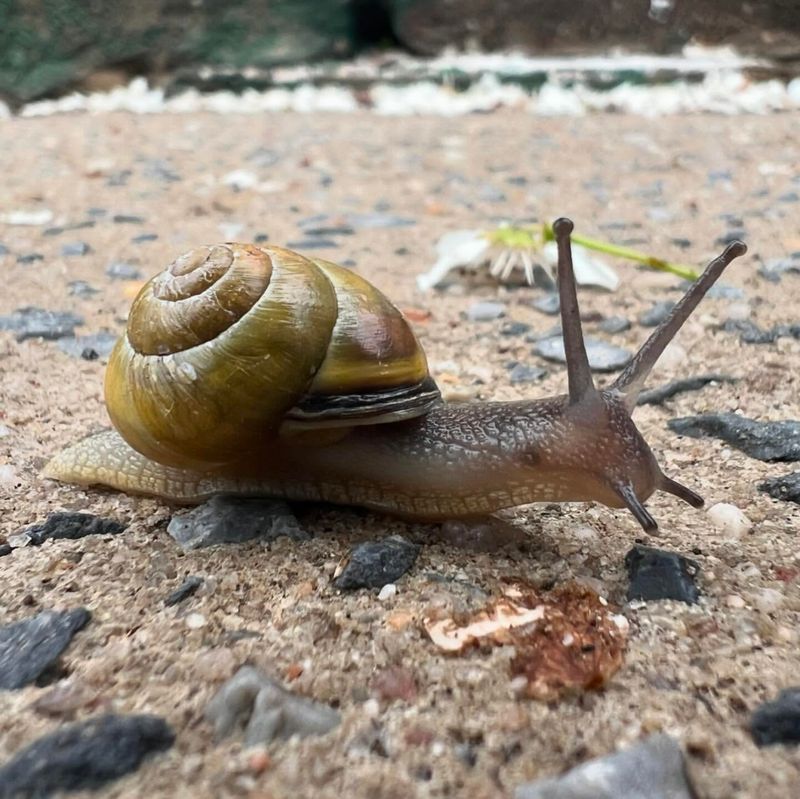
Snails play a significant role in various industries, contributing to both the economy and human well-being. Their shells are also used in jewelry and decorative arts, adding value in industries like fashion and design.
Furthermore, snail farming has become an important sector in countries where snail meat is a dietary staple, supporting local economies. In the pharmaceutical industry, the mucus from snails has been researched and incorporated into skincare products, creating an economic boost for both cosmetics and wellness markets.
28. Medicinal Use Of Snail Mucus
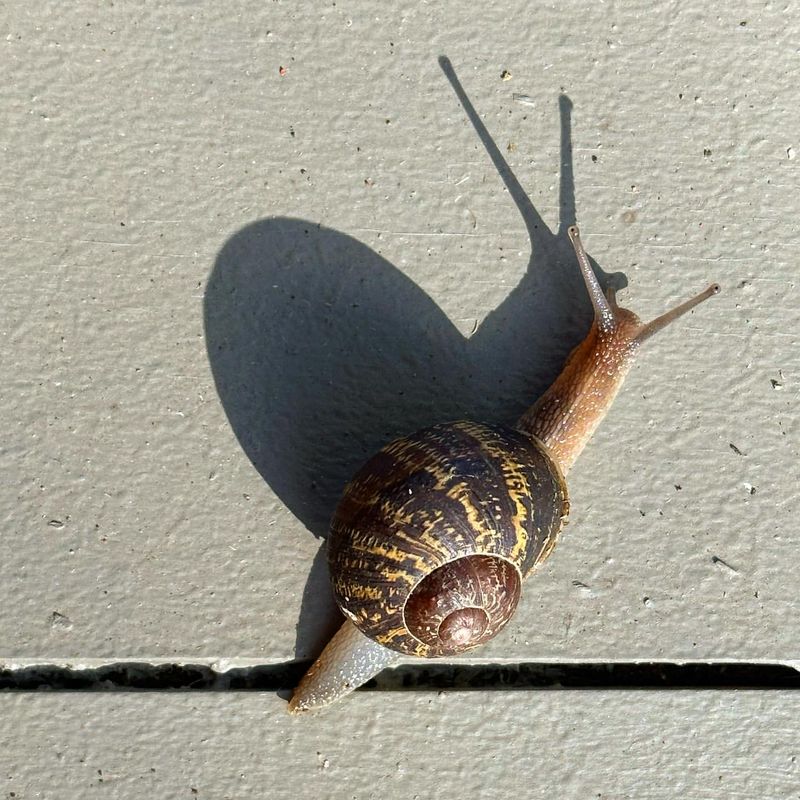
Snail mucus has long been used in the cosmetic industry for its healing properties. The mucus contains glycolic acid, collagen, and antioxidants, which are believed to improve skin texture, reduce wrinkles, and promote healing.
In addition to its cosmetic benefits, snail mucus is also being studied for its potential medicinal uses, including wound healing and treating burns. The growing popularity of snail mucin has led to its widespread use in skincare products.
29. Snail’s Influence On Art And Literature
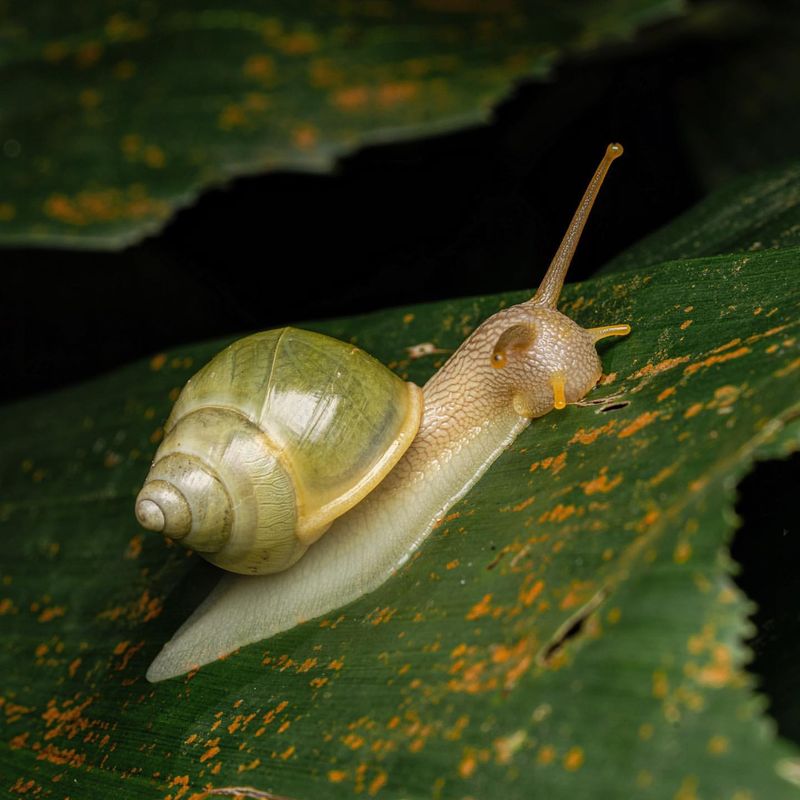
Throughout history, snails have held a place in art and literature as symbols of patience, nature, and introspection. The snail’s slow, steady movement has been used metaphorically in literature to represent persistence and the passage of time.
In art, snails have been depicted in still lifes, often as a symbol of life’s fragility. Their spiral shells and fascinating behavior continue to inspire creators, leading to their presence in various forms of expression.
30. Snail Habitat Diversity
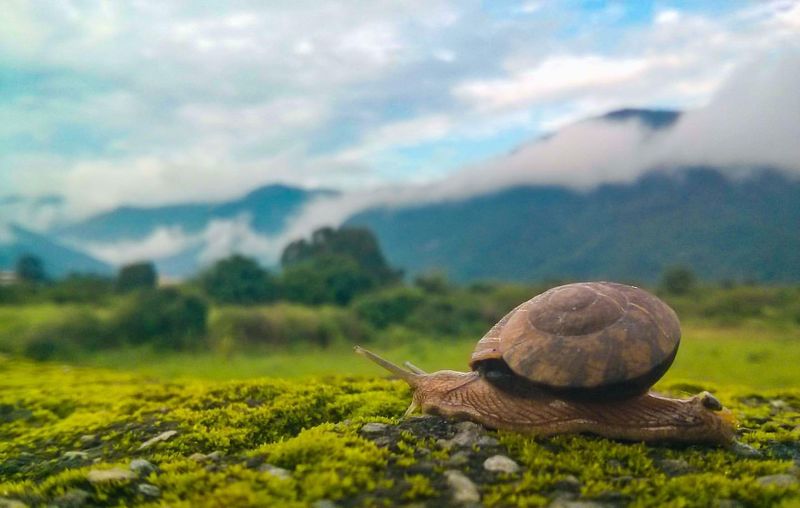
Snails inhabit a wide range of ecosystems, from freshwater lakes and streams to dry desert habitats. Some snails thrive in lush, tropical forests, while others live in arid, rocky environments where they must adapt to extreme conditions.
Their ability to live in such diverse environments speaks to their resilience and adaptability. Whether in the ocean, on land, or in the mountains, snails have found a niche in nearly every ecosystem on Earth.


